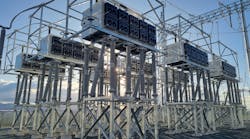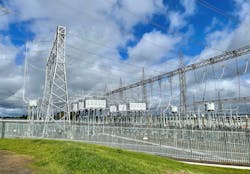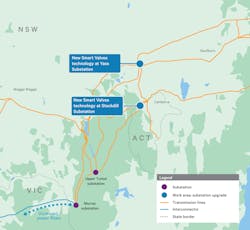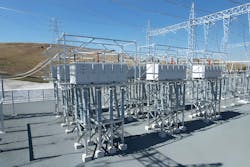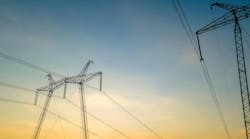Project Need
AEMO and Transgrid jointly initiated a regulatory investment test for transmission (RIT-T) to assess network and non-network options to increase transfer capacity between Victoria and NSW. In line with the RIT-T process, AEMO and Transgrid published a project specification consultation report (PSCR), which identified the need for and benefit of additional export capability from Victoria to NSW. The PSCR was followed by the project assessment draft report (PADR), which identified and sought feedback on the proposed preferred option that would deliver the highest net economic benefits to stakeholders (referred to as net market benefits).
- Install a second 500/330-kV transformer at the South Morang terminal station.
- Re-tension the 330-kV South Morang-Dederang transmission lines and associated works, including replacement of series capacitors, to allow operation at thermal rating.
- Install modular power flow controllers on the 330-kV Upper Tumut-Canberra and Upper Tumut-Yass lines to balance power flows and increase transfer capability.
Project Scope
Transgrid was the first large-scale user of SmartValve technology in Australia. It is already used extensively in the UK, US and South America to help unlock renewable energy flows and achieve net-zero targets.
Project Benefits
- Increased export capability from Victoria to NSW, with 170 MW capacity unlocked on the interconnector to enable greater access to renewable energy generation across the states
- Consumer savings of AUD$268 million (a net present economic benefit) from a reduction in dispatch costs through more efficient dispatch of generation in the two states as well as a reduction in capital costs associated with new generation build in NSW
- Accelerated development of renewable generation by quickly and cost efficiently unlocking more capacity on the existing grid
- Improved security of supply that supports more reliable supply of electricity to customers, including during periods of peak demand
- Boost to local employment during project implementation, with over 100 local people employed during the project, including electricians, carpenters, farm workers, traffic controllers and maintenance workers
Embracing New Technology
Smart Wires General Manager for Australia Aidan Lawlor spoke about Transgrid’s leadership in using this technology: “Smart Wires works with major utilities throughout the world — and we see Transgrid as a leading utility in this space. It is very gratifying to finally be here and see the enormous benefits and potential of power flow control — at scale — now here in Australia — just as we’ve implemented in other parts of the world.
